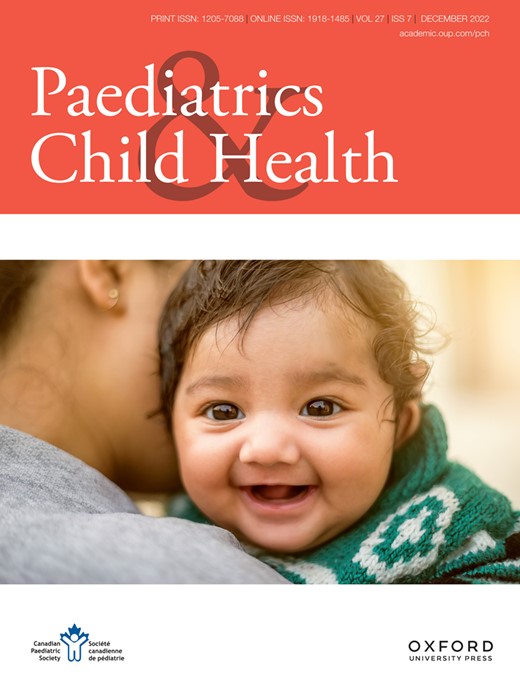Pandemic checkups: Mobile paediatric care and vaccination in disadvantaged areas
Extract
LOW-INCOME, RACIALLY DIVERSE POPULATIONS IN THE CANADIAN HEALTH CARE SYSTEM
In 2019, 10.1% of Canadians lived below the national poverty line (1). This percentage is greater among immigrants who arrived in Canada within the last 10 years (17.4%) (1). Poverty is a health issue: lower income is associated with poorer health outcomes, such as shorter life expectancy, mental health disorders, diabetes, and cardiovascular comorbidities (2). Children experiencing poverty are at higher risk of infant and child mortality and morbidity due to injury, asthma and developmental delay (2). In addition to having increased risk of adverse health outcomes, low-income, racially diverse populations face linguistic, structural, and psychological obstacles in accessing health care (2,3). These marginalized groups have also reported challenges in establishing trusting relationships with health care providers (4).
THE COVID-19 PANDEMIC WIDENING THE HEALTH INEQUITY GAP
COVID-19 has exacerbated these health inequities, as public health measures led to a reduction in health care appointments conducted in person. Reorganization of services led to a deprioritization of elective clinical activity, such as well-child visits (5). Furthermore, families were hesitant to seek care due to fear of contracting COVID-19 (6). To palliate these gaps in care, telemedicine has been widely adopted during the pandemic (7). Despite telemedicine improving health care access for some patients, vulnerable families have unequal access to virtual care (7).

